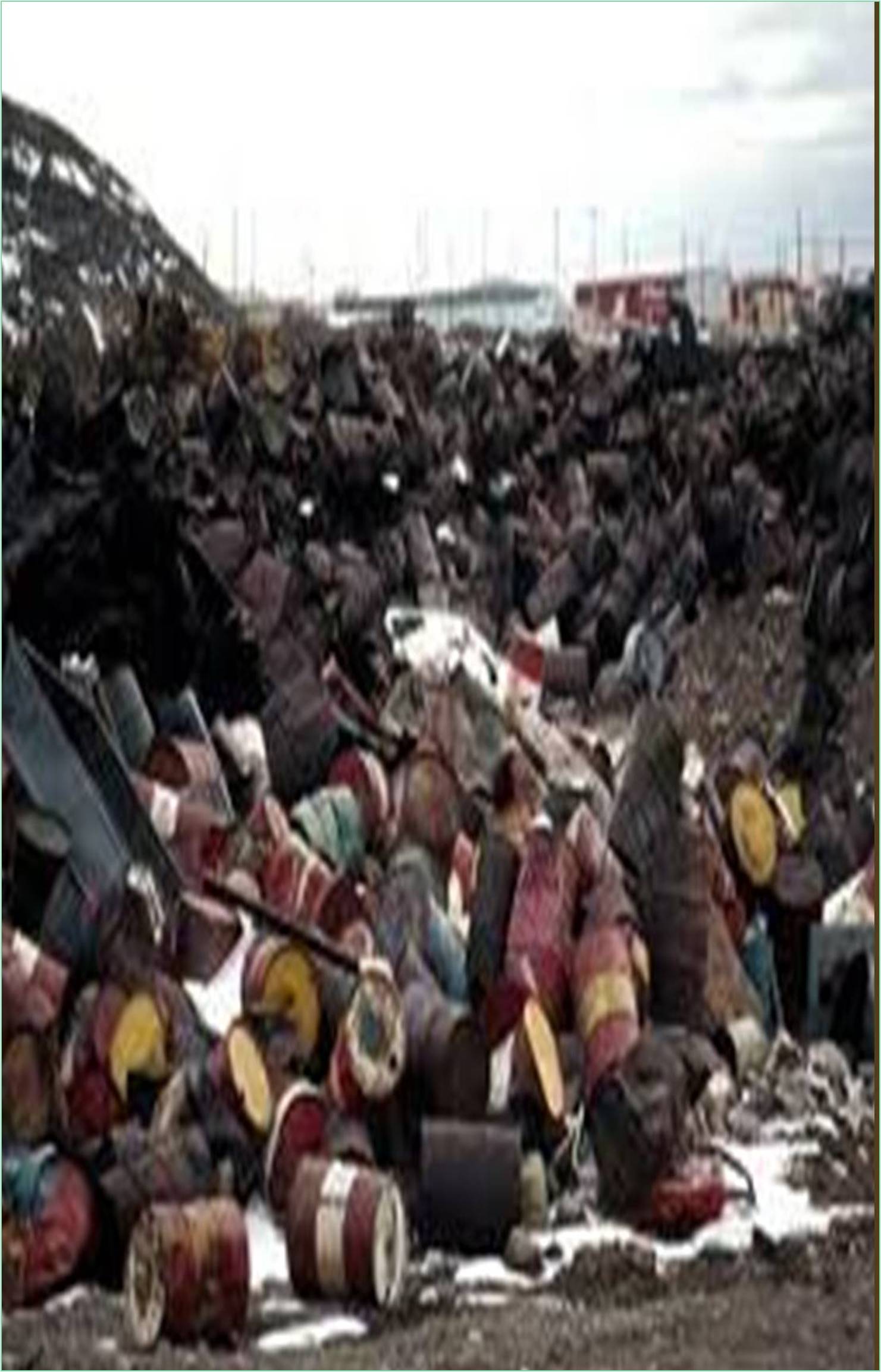



Received: 04-Jul-2022, Manuscript No. GJPHWM-22-72418; Editor assigned: 07-Jul-2022, Pre QC No. GJPHWM-22-72418(PQ); Reviewed: 28-Jul-2022, QC No. GJPHWM-22-72418; Revised: 03-Aug-2022, Manuscript No. GJPHWM-22-72418(R); Published: 10-Aug-2022, DOI: 10.15651/GJPHWM.22.5.23
The Increase in levels of certain trace gases in the atmosphere since the beginning of the Industrial Revolution those gases, are collectively known as greenhouse gases, which include carbon dioxide, organic chemicals, methane, nitrous oxide, ozone, and many others. The anthropogenic emissions of some gases may be greater than the natural ones. It is highly essential for the proper management and control in environment.
The two most common organic sulphurous pollutants are methyl mercaptan and carbon disulphide. Unstable atmospheric conditions occur when air masses move naturally in a vertical direction, thereby mixing and dispersing pollutants. In lower atmospheric layers, as the sun light acts like catalyst in reactions between NO2 and VOC (Volatile Organic Compounds) to produce Ozone. The Carbon Monoxide (CO) is produced from partial fossil fuel combustion.
During mining and mineral processing, sources of sulfur dioxide emissions include vehicle exhaust from fuel combustion and metal smelting. Hydrogen sulphide (H2S), is another sulphur gas that can be detected as a foul odor, reminiscent of rotten eggs. The contamination of atmosphere by sulfur dioxide and soot was the characteristic feature for initial phases.
Currently the largest emitter of sulphur dioxide is electricity power generation from oil and coal burning. It also occurs in volcanic emissions, which originate from both natural and man-made sources. A typical residence time for SO2 in the atmosphere is about four days. This kind of dispersal is referred to as Long-Range as Transportation of Air Pollution It is well known for its pandemics not only change people's social habits but have also changed most activities related to energy consumption, especially industry and transport.
The combustion of fossil-fuel accounts for about half of the anthropogenic emissions. When these fuels are burned, then the sulphur becomes oxidized to gaseous SO2, which may be vented to the atmosphere. As air pollution has significant influence on visibility and the principal which causes for scattering of light by suspended particles. The global anthropogenic emission of SO2 is about 150 million tons per year, or 3.8-times the natural released.
The emission of SO2 directly damages the human health by dry deposition, and indirectly damages the building, forests and crops due to their wet deposition (acid rain). Sulfur dioxide may also be measured by impregnating filter papers with chemicals that react with SO2 and change color. When industrialization increases by their dominant feature of human endeavors, the air pollution also becomes much more extensive. Detection and monitoring of sulphur dioxide and other applications are also important for environmental reasons.
Absorption of radiant energy by CO causes detector cells for the gas to expand, but the detector under by the reference cell will receive more energy. In contrast, the secondary pollutants such as ozone are not emitted but are formed in atmosphere by photochemical reactions involving in sunlight and emitted oxides of nitrogen and hydrocarbons. The emissions of waste gases from fossilfueled power plants are neither of these sources existed prior to the present century.